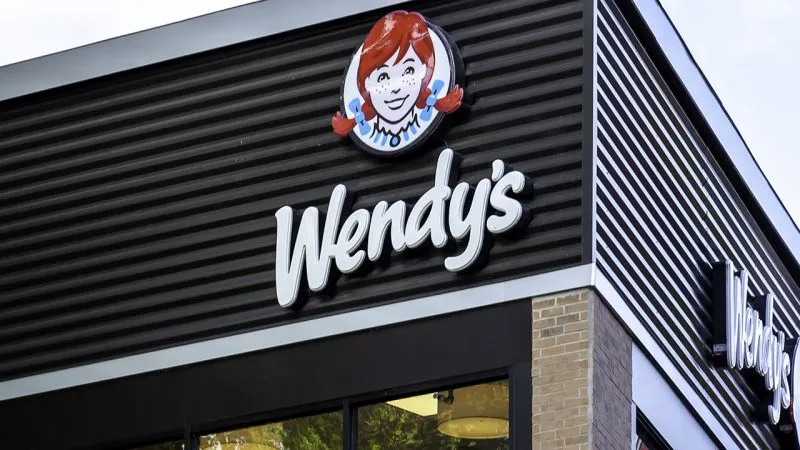Wendy’s, a prominent player in the fast-food industry, has ventured into innovative approaches to cater to consumer demand for discounts. According to a report from Business Insider, CEO Kirk Tanner unveiled plans to introduce dynamic pricing through digital menus, aimed at streamlining the process of offering discounts. However, this move has stirred concerns regarding the potential implications of unregulated pricing practices in the sector.
In the realm of American consumerism, discounts hold significant sway, prompting businesses to vie for the most enticing deals—or at least to create that impression.
Walmart stands as another notable example of this strategy, having recently rolled out pioneering pricing methods in early June. The retail giant intends to deploy digital shelf labels across 2,300 stores in the coming years.
A spokesperson from Walmart clarified that while the new digital shelf labels facilitate swift price adjustments, the company does not intend to hike prices during periods of high demand. “There are no plans to alter the frequency of price changes or adopt different pricing methodologies,” they affirmed.
Nevertheless, these developments have raised substantial concerns among industry experts about the potential impact of shifting pricing strategies. While sectors like airlines and ride-hailing services such as Uber have long employed surge pricing, there is apprehension over the widespread adoption of dynamic pricing in retail and grocery stores, facilitated by digital price tags. Critics argue that such practices could complicate budgeting for essential items among consumers. On the other hand, those with the flexibility and means to compare prices and wait for discounts may benefit from lower costs.
Adjusting prices according to supply and demand is a fundamental tenet of capitalist markets. Retailers and restaurants have traditionally employed varied pricing strategies for different times, such as back-to-school sales or happy hours.
However, the advent of digital shelf tags and online menus has accelerated this process, allowing for more diverse pricing options, potentially confusing shoppers seeking the best deals.
Elizabeth Pancotti, director of special initiatives at the Roosevelt Institute, voiced concerns about applying digital pricing strategies to essential goods. She highlighted that while such tactics are not unprecedented, their application to basic necessities raises significant ethical issues.
Pancotti remarked, “Many people rely on stable prices. While prices may be high, they are at least predictable. The introduction of dynamic pricing could introduce greater instability. This poses challenges for macroeconomic stability, particularly as regulatory bodies may struggle to manage rapid price changes driven by digital tags.”
Earlier this year, Wendy’s responded to customer concerns during an earnings call in February. CEO Kirk Tanner acknowledged the company’s plans to experiment with dynamic pricing, including the introduction of digital menus capable of adjusting prices and offerings periodically. In response to online backlash regarding potential price surges, a spokesperson clarified that Wendy’s had no intentions to implement surge pricing.
The chain emphasized that the primary focus of digital menu boards would be to enhance efficiency in delivering discounts to customers. However, Pancotti highlighted that such pricing experiments have raised apprehensions among certain consumers and experts, primarily due to the potential for adjustments without stringent oversight.
Pancotti added, “While I appreciate companies exploring innovative avenues and operating in less regulated spaces, there are considerable risks for consumers.”

